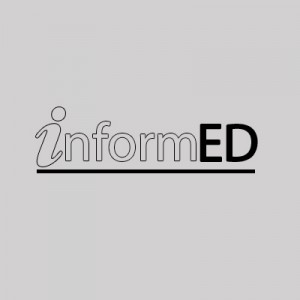 The Assignment Brief Communication resource consists of guidelines for lecturers on how to ensure that assignment briefs are clear and coherent and address the appropriate learning outcomes of a module or course. The guidelines were developed by Oxford Brookes University in collaboration with the Higher Education Academy. They are based on close analysis of 120 written assignment briefs and focus group discussions with both lecturers and students.
The Assignment Brief Communication resource consists of guidelines for lecturers on how to ensure that assignment briefs are clear and coherent and address the appropriate learning outcomes of a module or course. The guidelines were developed by Oxford Brookes University in collaboration with the Higher Education Academy. They are based on close analysis of 120 written assignment briefs and focus group discussions with both lecturers and students.
What is of particular value to the individual academic practitioner is the 10 stage step-by-step process offered by the authors. It suggests a very structured approach to designing assignment briefs that clearly communicate purpose and expectations.
While the resource may not bring anything new to the table it is very useful in that it provides details of every stage of the development of an assignment brief (see, in particular, the underlying principles of the guidelines for a break down). Colleagues who are considering reviewing their assessment strategy on a module or a course would benefit tremendously from looking at this resource and checking the ways in which assignments are communicated against these guidelines. In particular, I would suggest that all academic practitioners look at the section “Assignment Brief Enhancement F: Delivery”. This section deals with the importance of how assessment briefs are communicated to students. It emphasises how students need time to both process and engage with the brief: something we may not always pay enough attention to as practitioners.
Find the guidelines here.







